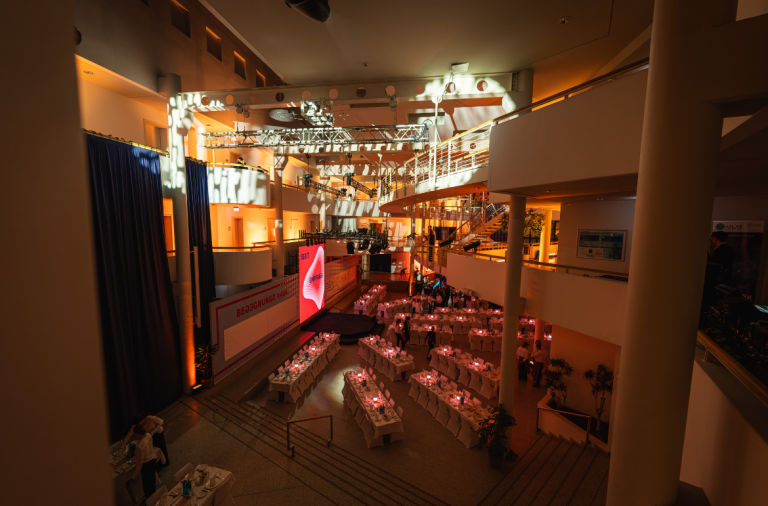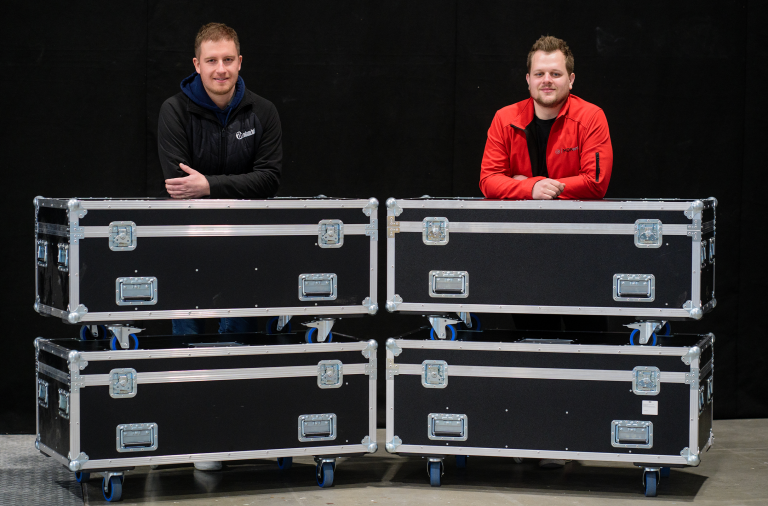What is the Significance of CRI?
Amongst the technical data for Cameo spotlights you can find values such as “CRI >90”.
But what does CRI actually mean? – And what does the value >90 tell us?
Definition
CRI is the abbreviation for “Colour Rendering Index”. This is used to describe how well a spotlight illuminates the colours on a flat surface.
Already in the 1930s, attempts were made to quantify the quality of light, specifically the quality of colour rendering of spotlights in order to be able to better compare them.
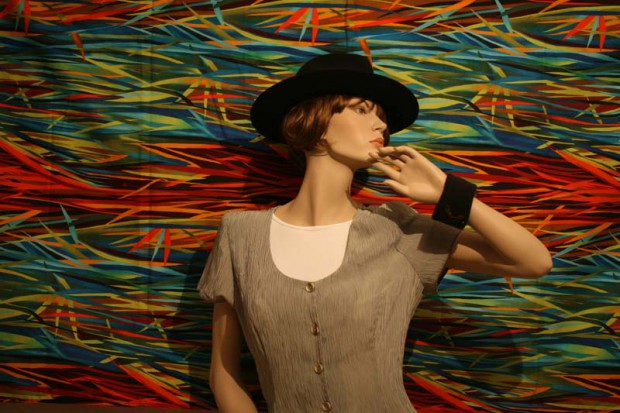
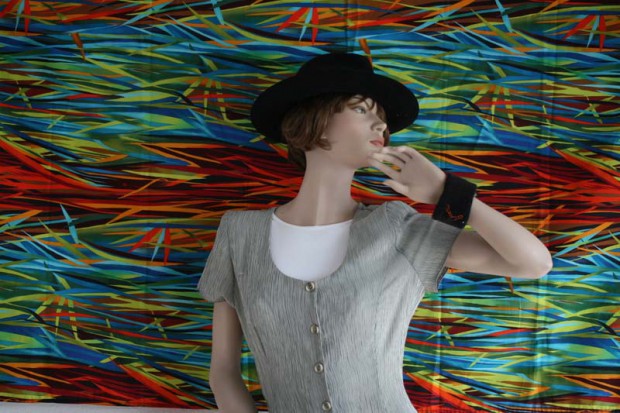
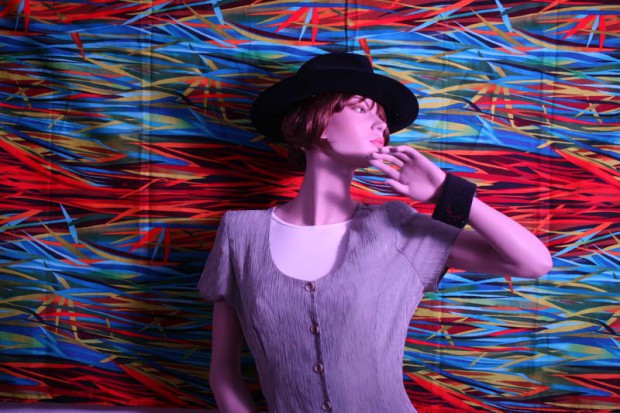

It Depends on the Reflection
The principle is relatively simple. You illuminate eight different test colours with the spotlight to be tested. Depending on the light source in the spotlight, certain wavelengths are reflected better or worse than others. An incandescent light of 2700 Kelvin is used as a comparison reference. If the test spotlight has a higher colour temperature, the D65 standard daylight illuminant is used.
Each test colour is illuminated with the test lamp and then with the reference illuminant and the difference between the two is assessed. The results of the eight test colours are averaged and specified as Ra.
An extension test is later performed using saturated colours, which are then specified as Re . The extended colours are usually displayed as a colour bar graph (see further below), but are not taken into account in the determination of the numeric Ravalue.

Top Quality Is >90
The best possible rendering value is 100 and is achieved for example, by an incandescent lamp.
All values over 95 are extremely good and not distinguishable by the eye.
Values between 85 and 94 are also very high quality and are suitable for television and theatre. Values between 70 and 84 make a good work light. This quality level is still usable in school theatres, multi-purpose halls or normal exhibition stands. Exhibition stands such as the IAA (International Automobile Exhibition) – where cars are properly illuminated – premium quality CRIs of over 90 are essential.
Anything under 70 is actually just “bright” – and only of interest as effect lighting in places such as discos, clubs and bars.

Placement in the Colour Triangle
Even though two lights may, for example, have the same CRI value, the light can look very different. This is because only eight pastel-tinted test colours are compared, and with today’s LED light, very strong colours are available, which are reflected inadequately by the test colours. Therefore we have to make the effort to look at the light from the lamp itself, or at least determine the colour in the colour triangle and assess the deviation from the “Planckian curve” (Note Red.: The radiation of a glowing body – black body – consists of several wavelengths. Planck’s radiation formula describes the wavelengths and their intensity contained in a spectrum of a black body). This assessment will be the subject of a future article.
Conclusion
Very high CRI values are an indication of excellent colour quality.
The lower the values, the greater the risk of completely shifted colour locations and therefore poor light quality. In this case, it is best to trust your eyes.
The Broader Perspective
In addition to the CRI, the TLCI is also common, but this is designed for CCD sensors and not for the eye, and is therefore used more by TV studios. These values differ only slightly from each other. The TLCI is often only about 2-3 points lower than the CRI.
A recent newcomer is the TM30, which tries to overcome the weaknesses of the CRI with additional graphics. We will take a closer look at the TM30 at a later date.
More information:
www.cameolight.com


